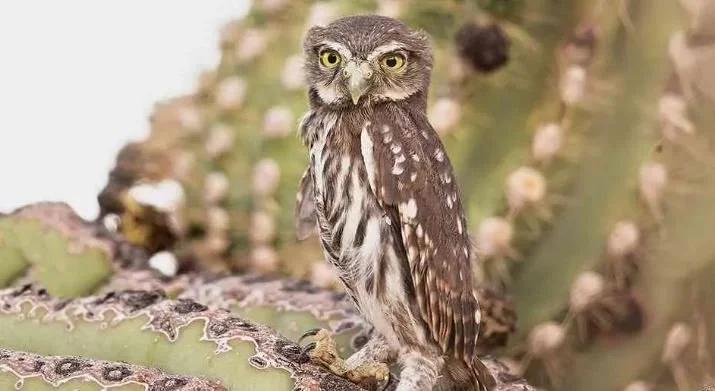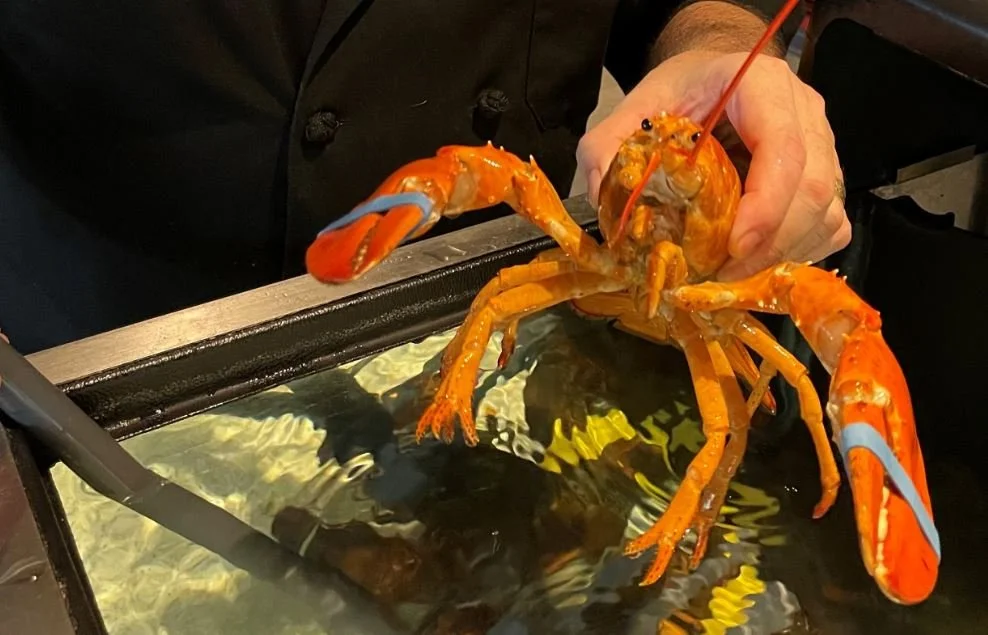Does the Ferocious Little Owl Have A Chance?
The odds are stacked against the tiny raptor known as the cactus ferruginous pygmy-owl (Glaucidium brasilianum). The owl’s range in the US – in isolated chunks of the southernmost parts of Arizona and Texas – is under siege by development, invasive species, wildfires, and of course climate change.
The federal government once designated the owls as “endangered” and protected their habitat accordingly, but the protected status was lifted in 2006, to the delight of developers. Since then, construction of houses, roads, and the ridiculous border wall have put the squeeze on the bird’s livable space. The Arizona population of the species is believed to be down to about 100 owls.
Besides relentless development, the owl’s habitat has been invaded by an alien species of buffelgrass, which fuels wildfires that destroy the mesquite trees and columnar cacti on which the bird relies for shelter. The saguaro cactus, for one, might not survive the hotter, drier temperatures of the Southwest.
But now the besieged bird might catch a break. A lawsuit by Defenders of Wildlife has prompted the US Fish and Wildlife Service to mull whether to protect the animal under the Endangered Species Act by listing it as “threatened” throughout its (dwindling) range. The agency expects to decide by year’s end. (Why take so long, folks?)
This species of pygmy owl grows to only about six inches in height, but “is a ferocious predator,” according to the USFWS, “able to take down prey twice its size.” That prey is usually other birds and lizards. The fierce little flyer makes its home in cacti and other Sonoran Desert trees. The bird’s call, according to Wikipedia, “is a whistled hoo-hoo-hoo-hoo, usually in E flat.”
Photo credit: Defenders of Wildlife







